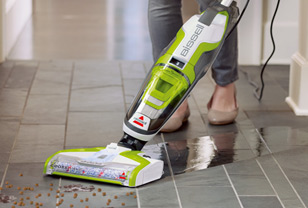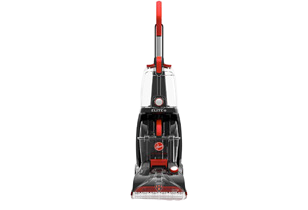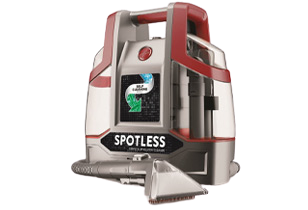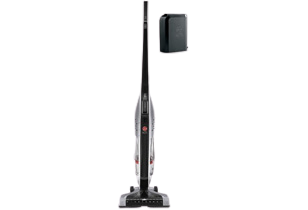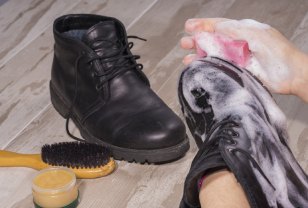How to Clean a Pocket Knife in 4 Ways
This post thus gives you complete coverage on how to clean an old rusty pocket knife. It also provides you with quick pro tips on how to prevent rust from staining your portable knife.
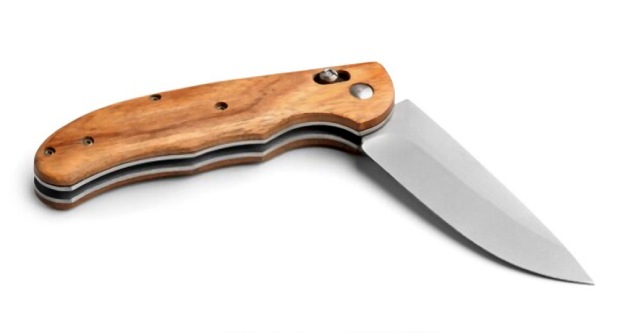
Simple pocket knife with wooden handle
But why should you bother cleaning a pocket knife?
A poorly cleaned or maintained pocket knife is easily identified by any of the following features;
● Rust on the blade
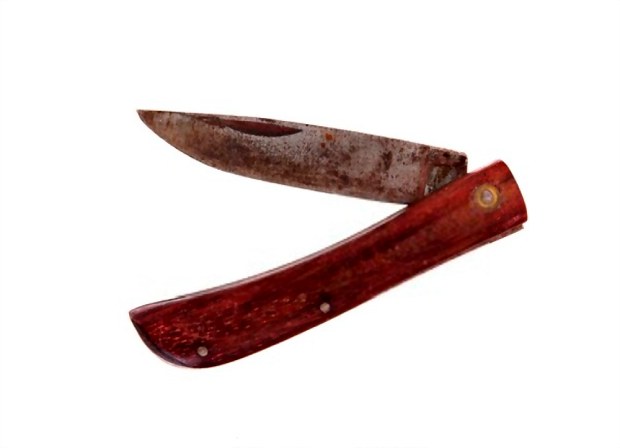
A rusty pocket isn’t very useful to the owner
● Sand, dust and other gunk on the pivot
● Poor opening and locking mechanism
So as you can see, cleaning your pocket knife keeps it at optimal performance. After all, it is one of the best multi tools which you can easily carry along with you for quick help.
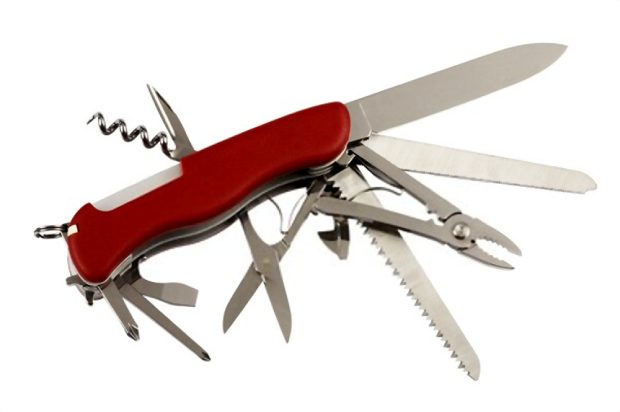
Multi-purpose pocket knives with many parts
Does your pocket knife require cleaning?
You should quickly inspect your pocket knife. Does it open and close smoothly or do you have to apply pressure to it? Does it show some signs of rust on the blade and other metal parts? Open the blades and peep deep inside. Does it have grime? What about the pivot point? Does it seem to have dirt?
If yes, then you need to give it a thorough cleaning. If you don’t, even the best pocket knife will soon be useless.
So let’s begin by cleaning the turning points first
A. Cleaning the Dirty Pivot/Turning Point of a Pocket Knife
What you require
The main aim of cleaning this moving part is to remove sand, grime, and other accumulated dust. Such foreign substances prevent the joints from turning smoothly.
Step one: Open blades (but do not disassemble)
Open up the blades all the way up. That should make it easier to access the pivot point on the knife. If there are some lint stuck somewhere, then a screwdriver or toothpick will easily remove it.
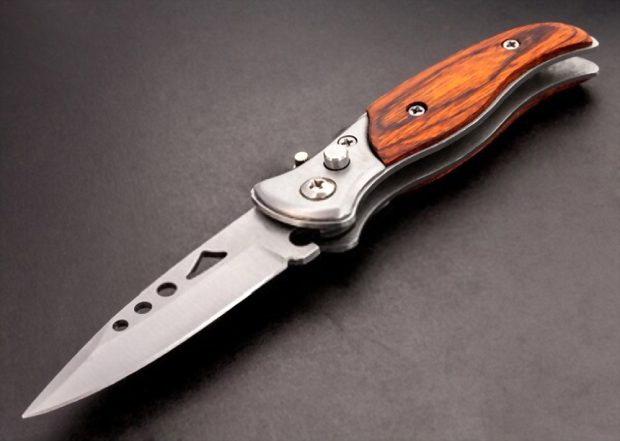
Simple pocket knife with blade drawn out for easy cleaning
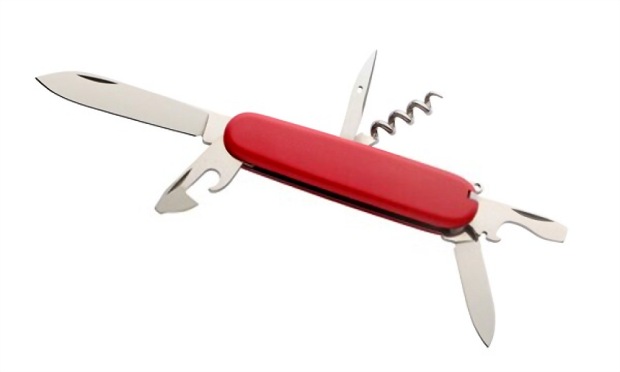
Multipurpose pocket knife with blades opened
Step two: Use compressed air
Next, try blowing the joint with compressed air. For example, you can pick on the canned type used to blow out a computer. That should help to remove anything stuck between the scales.
Step three: Warm soapy water
Still some gunk stuck on the knife? Don’t worry - a little soaking in warm (not hot) water is all you need. Pour warm water in a pan then dip the knife to soak for about two minutes.
Take care:;When cleaning a folding knife, do not dip it in extremely hot/boiling water for an extended period. That will surely destroy the handle. Especially if it is made of any of the following materials;
● Wood
● Mother of pearl
● Abalone
Step four: Scrubbing with an old toothbrush
Using an old toothbrush, scrub the turning points and other interior parts, previously soaked in the soapy water. Also, you can use a flat-tipped tool like a putty knife to probe between the sides to remove the grime.
Step five: thorough rinsing
When you are done with scrubbing, rinse away the soapy water thoroughly. Then, using a soft towel, wipe dry the knife.
Step six: Sun dry
After that, place the knife to dry out in the sun for about 15 minutes. That is to ensure that all the traces of moisture that could cause rust are completely eliminated.
An alternative method of cleaning folding part of a pocket knife
If you neither want to disassemble nor wet your pocket knife, then here an alternative means to clean the turning point of the knife. Besides this method is also effective if it’s dirty to the extent that you have to apply more pressure to turn up the blade.
What you need;
● Old toothbrush
● Penetrating oil
● A cotton swab or rag
Step one: Wipe away loose dirt
Open the blade to easily access the pivot. Begin by simply brushing away the loose dirt and lint around the revolving point. Don’t worry about the stuck ones, at least for now.
Step two: Apply penetrating oil
Pick up your penetrating oil and apply it to the rotating part. Take care to minimize the spillage in other areas.
Step three: Work in the oil
To make it easy for the oil to seep through to the joint, practice opening and closing the knife blade several times. After that, let the blade lay idle for a few minutes, approximately 10 minutes.
Step four: Clean out excess oil
Using a cotton swab, rag or paper towel wipe away the excess oil. Test the smoothness of the hinge. If there is still lots of grime and rust on the hinge you can repeat the whole process once more. That should help to remove rust from the joint.
What if the blade is rusty too? How do you go about cleaning it? Here is the solution;
B. How to Clean a Rusty Pocket Knife Blade
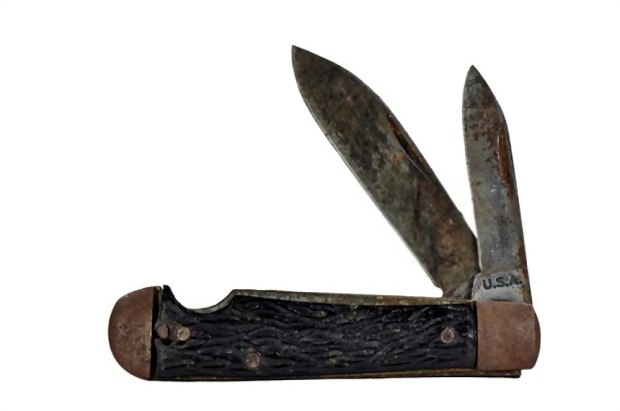
An old rusty pocket knife that needs cleaning
Maybe you recently bumped on an old knife from your toolbox. Or possibly you lost your pocket knife during one of those hunting trips but recovered it a few weeks later. Whatever it is, there are many ways in which a knife can become rusty.
From those incidences, the pocket knife must be very rusty. So if you are looking for the most efficient way on how to clean an old pocket knife, then you can use any of the following substances;
1. Baking soda
2. White vinegar
3. Penetrating oil, for example WD-40
4. Salt and lemon
Let’s follow through with each of the methods and see how it works.
Method One: Using Baking Soda

Baking helps to remove light layer of rust
This method is ideal for cleaning a thin pocket knife blade with a light layer of rust.
➜ RELATED: Baking Soda For Cleaning - The Accessible And Effective Household Cleaner
What you need:
● Baking soda
● Sponge
● Water
● Toothbrush
● Pair of rubber gloves
● Towel
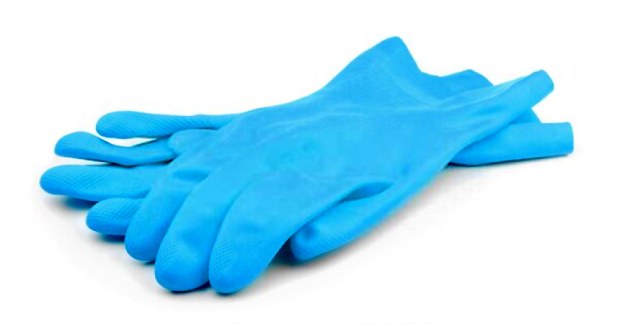
These will keep you from harsh chemicals and minor cuts from blade
● Bowl
Step one: wear gloves
Put on your rubber gloves. That’s to safeguard your hands from two things:
● Accidental cuts from the sharp blade
● Harsh chemicals coming into contact with your skin
After putting on the gloves, open up and expose the blades.
Step two: wipe off loose dust
Using a damp towel, wipe off loose dirt and impurities to expose the heavily rusted areas. However, when doing that, ensure that you hold the sharp edge of the knife facing away from you.
Step three: baking soda paste
Pour some water into the bowl. Add to it an appropriate amount of baking soda so that it can make a paste. Stir to make a real paste.
Step four: transfer some paste to the toothbrush
Scoop a fair amount of the paste and place it on the toothbrush. Use the brush to spread the baking soda paste all over the blade. Allow it to settle for approximately an hour. If it isn’t deeply stained with rust, then a light scrubbing with the toothbrush will remove the light rust coating.
Step five: scrub with scrubbing pad for few minutes
The next step on how to clean a pocket knife is to wet the pad and brush the paste covered blade on both sides. Although steel wool would perform better, I don’t recommend it since it can easily damage the finishing on the blade.
Repeat the process a few more times if the blade was thickly oxidized.
Step six: wipe with a towel
Wipe off the baking paste from your blade, while still maintaining the sharp blade facing away from you. Make sure you wipe it thoroughly.
Method two: Using White Vinegar
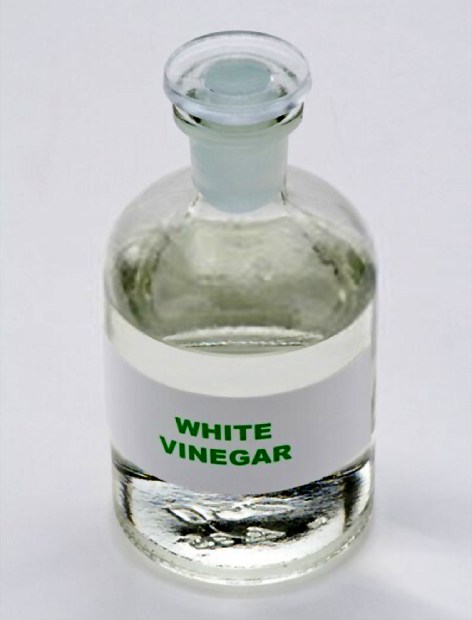
Experiencing stubborn rust on the knife? Soak the blade in white vinegar
Even without a pocket knife cleaning kit, white vinegar will help you remove rust deposits from a knife.
➜ RELATED: How To Clean With Vinegar - Amazing Remedies And Cleaning Hacks For Homeowners
What you need
● White vinegar
● Pan
● Towel
Step one: vinegar into a pan
Empty the vinegar into a wide container. A pan is preferable since its wide diameter can accommodate an open pocket knife easily.
Step two: soaking
Soak the rusty blade in the vinegar. You can either soak the whole knife or just the blade itself. The soaking duration shouldn’t be more than 5 minutes.
Alternatively, instead of dipping the whole knife in the vinegar you can wet a paper towel. Then wrap the paper towel around the rusty blade for 5 minutes.
Step three: wiping
After 5 minutes, wipe off the liquid using a soft towel. Look at the blade closely? Does it sparkle? If not clear off the remaining rust traces using baking soda as described previously in the post.
Method Three; Using Penetrating Oil Like WD-40
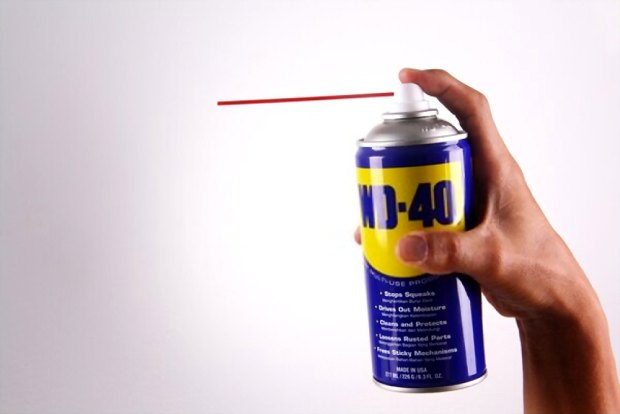
A few drops of this liquid will make your knife open and close with ease
Using WD-40 is one of the best ways on how to clean a pocket knife blade. However it isn’t suitable for cleaning knives which are intended for cutting food. For knives to be used on food, replace the WD-40 with olive oil or any other vegetable oil.
What you need;
● WD-40 or olive oil (any other vegetable oil will do)
● Soft towel
● Fine grain sandpaper
Step one:
Spray/apply the oil on the rusty blade on both sides. Let it settle for about 10 minutes.
Step two: light scrubbing
Using the extra fine sandpaper, scrub out the rust. However while doing so ensure that the sandpaper doesn’t reach the cutting edge.
Step three:
Wipe away using a soft towel. For heavy rust, you can finish off the cleaning by going through either vinegar or baking soda method described earlier on. However, ensure that you dry the blade completely.
Method 4; Salt and Lemon Juice
Do you know what makes this method very successful in cleaning many types of pocket knives? It is the acidity of lemon juice combined with the abrasiveness that delivers impressive results in removing rust.
What you need:
● Salt
● Lemon juice
● Steel wool
Step one: salt grain on the blade
Spread the salt grain on the rusted side of the blade. You can do one side of the knife at a time.
Step two: add lemon juice
Cut a lemon and squeeze the juice on the salt covered blade. Then allow the salt and lemon juice mixture to settle for about two hours.
Step three:
After the two hours, scrub-off the rust with lemon rind. However if the rust deposit is very stubborn, then use steel wool for a little thorough rubbing. However ensure that you don’t remove the finishing layer from the blade.
Step four: rinse
Rinse away the salt, rust and lemon juice from the blade. Ensure that the rinsing is thorough. Then finally wipe the blade with a towel.
Step five: using salted potato
Potatoes are rich in oxalic acid which is the major ingredient in dissolving the rust. It therefore forms the best way to clean a pocket knife without use of any harmful substance.
What you need:
● Ordinary dish soap
● Salt
● Potato
● Knife
Step one: half the potato
Slice the potato into two halves. That gives you easy access to the interior containing the acid as well as providing a flat surface easy to rub on the knife.
Step two: add dish soap
Having cut it into two sections; spread the ordinary dish soap to the two halves. Ensure the soap entirely covers the freshly sliced part.
Step three: sprinkle salt
Next sprinkle salt onto the potatoes where you had previously added the soap. Whereas the oxalic acid assists to dissolve the rust, salt is a mild abrasive to scrape it off.
Step four: rub the rusted part
Pick up the rusted blade and rub it in the halved potatoes. Alternatively to make scrubbing easier, you can first stick the rusted part of the blade in a potato for a few hours (1 or 2). After two hours, then rub it on the potato containing the soap and salt.
Step four: rinse
Using clean water rinse off the blade thoroughly; once or twice. Ensure that the traces of salt are completely washed from the blade. Then dry off the blade with a soft towel.
Having learned various ways on how to clean a pocket knife, it is important to know a few tips on how to prevent rust from attacking our knives.
How to Prevent Pocket Knife from Rusting
A large variety of pocket knives are made from carbon steel or normal steel. Although the two rust, carbon steel knives rust more easily than their steel counterpart. Therefore to reduce the risk of your knife getting rusty here are six professional tips.
I. Keep it clean and always dry, before storage
This is the most important tip in maintaining the rust free knife. Before shifting from cutting one ingredient to the next or even storage, rinse the knife blade then wipe dry with a towel. Alternatively you can keep a wet towel and a dry one near you as you cut different things. So instead of rinsing in water, wipe the knife tip with a wet towel followed by a dry one. Storing a dirty knife is a sure recipe for rusting.
II. Reduce your cutting of acids
If you own a carbon steel blade, then you should reduce the rate at which the blade handles acidic substances. Pay particular attention to the following substances;
● Onions
● Tomatoes
● Citrus fruits

Onions and tomatoes enhances the rusting of carbon steel blades

Citrus fruits too quicken the rusting of pocket knives
So after cutting any of the above fruits, rinse and wipe the pocket knife immediately.
III. Transport it in the sheath but don’t store it that way
Many pocket knives if not all are bought with a sheath. Carrying a blade in a sheath, for instance when going on any outdoor activity is fine. However once you come back home, clean the knife Wipe dry and store it in an open place like a drawer. Keeping it in the sheath indoors attracts moisture and is likely to make it rust.
IV. At the first signs of rusting, clean them off
Keep watch on your knives, especially if your environment has high humidity. At the slightest sign of rust on the blade, clean it before it builds up. For example you can use fine sandpaper to remove rust traces at the earliest time. After cleaning apply a lubricant to the blade too.
V. Lubricate regularly
Pocket knives have joints that need regular lubrication. Applying penetrating oil to the joint will help ease the smooth opening and closing of the blades. Otherwise for regular lubrication, a few drops of dry lubricant on the hinge work best. A dry lubricant is advisable since it will attract less lint.
VI. Keep it sharp
Sometimes when cleaning a pocket knife, sandpaper may stretch out and spoil the blade. It is therefore necessary to learn how to sharpen a pocket knife. A blunt knife is a dangerous knife; it requires more effort to accomplish its work.
Conclusion
A pocket knife has many uses. From slicing a fruit, opening envelope or just self-defense; the uses are legion. But that will only be so if the blade is cared for and maintained properly. Hopes this post equips you on how to clean a pocket knife. So go out and look for that Swiss army knife or whatever brand you have and give it a thorough cleaning.






